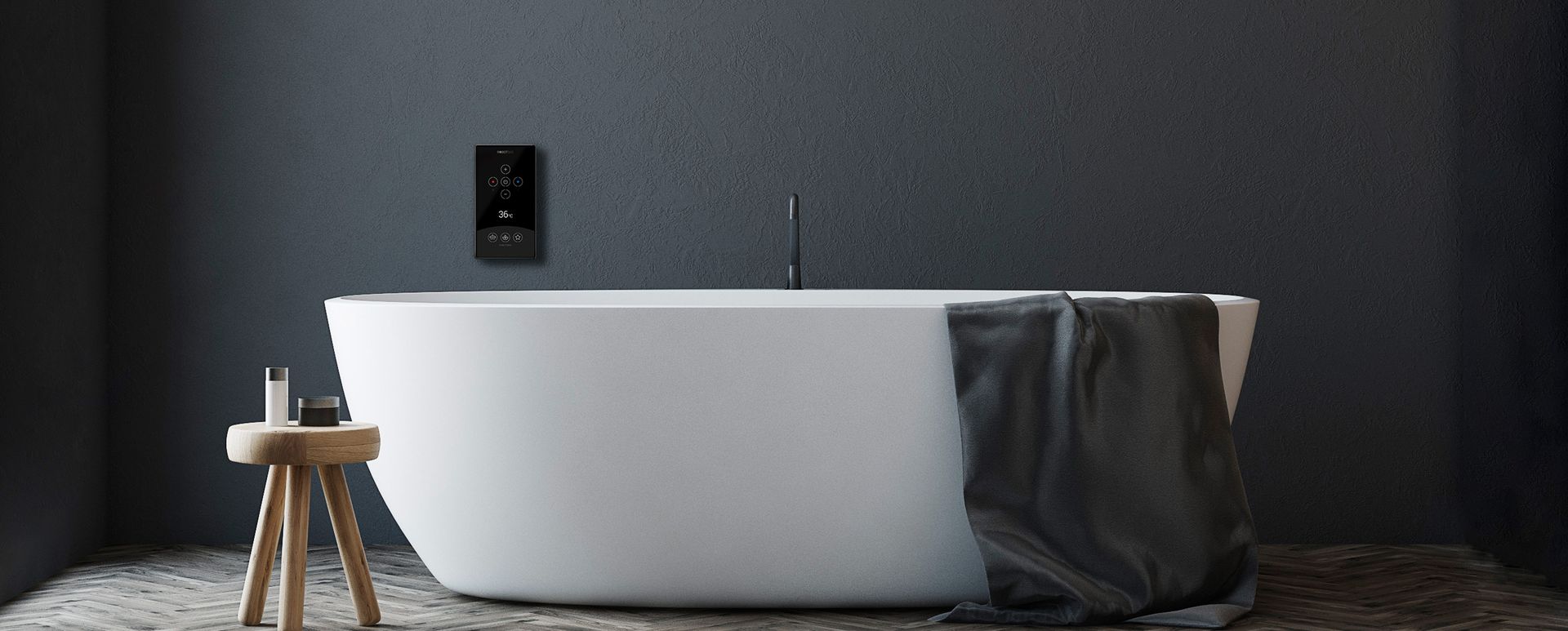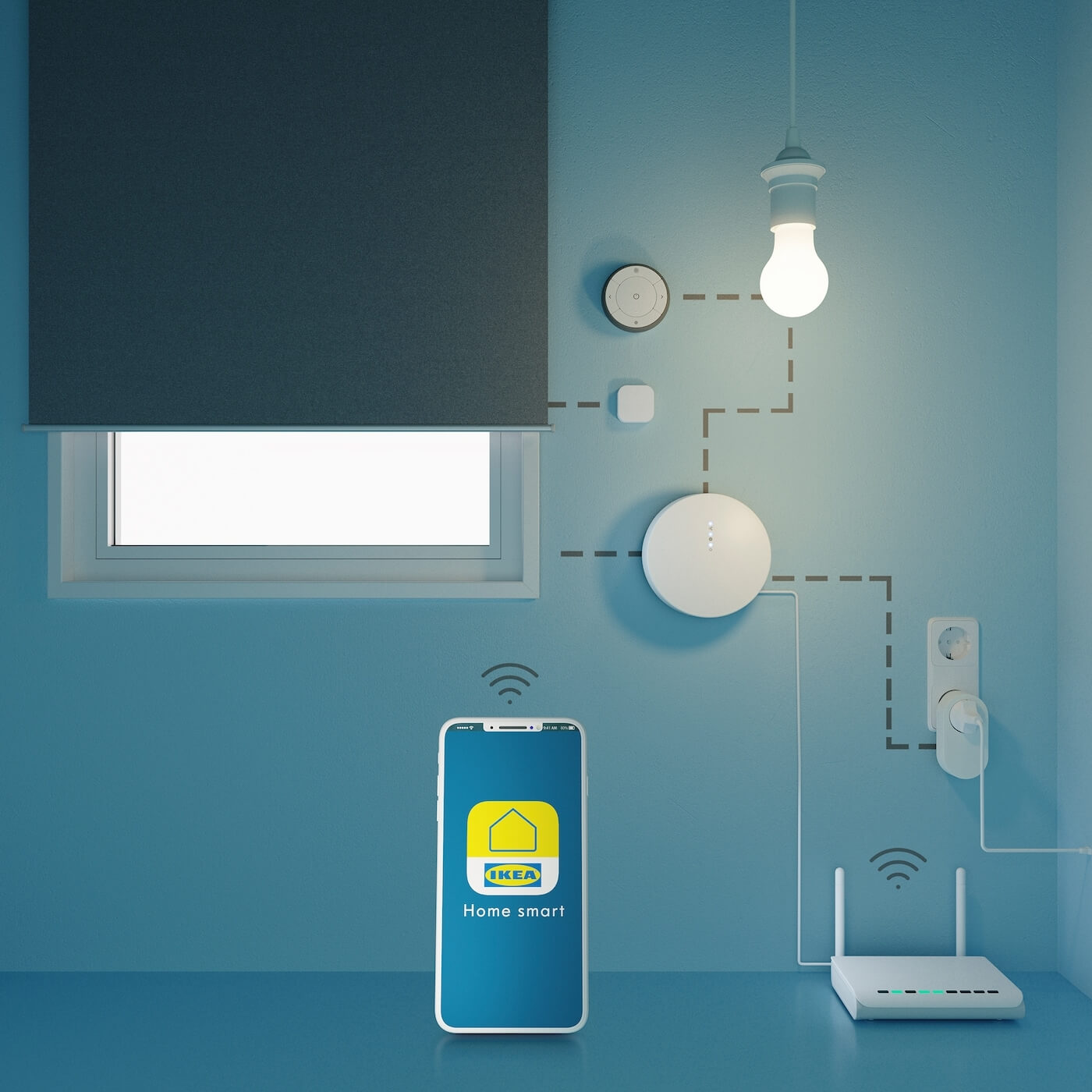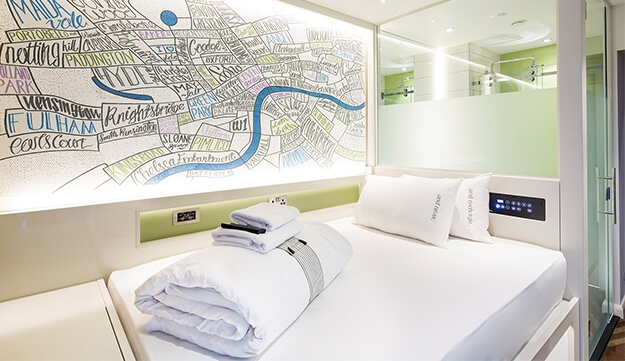
How Robotics and Automation are Changing Interior Design
Robotics and automation are hot topics in the fields of architecture and interior design. Home automation is known by the term Domotics and today’s “smart” technology covers everything from lighting and climate control to appliances and home entertainment systems. Incorporation of Domotics into our interior architecture has soared in recent years, with Google searches for the term increasing 450% between 2019 and 2020 alone, according to ArchDaily.
The Benefits of Domotics
It’s easy to see the appeal of hands-free technology in the wake of the Covid-19 pandemic, which itself gave rise to a host of Domotics innovations. Yet health and hygiene are but two of the many benefits of smart home technology, as LAN or Internet connected devices also offer us the benefits of increased security, convenience, energy savings and, of course, aesthetic improvement in the form of more minimalistic design opportunities with fewer handles, sockets and other cumbersome objects cluttering up our homes.
The network of all these interior products is known as the Internet of Things (IoT), because they are connected virtually and able to communicate with each other via the Internet, and companies like Italian robotics and automation specialists Ave are now widening the potential of Domotics to every room in the house.

Intelligent shower control panel Aqua by ROBOTBAS
Home automation examples
In the kitchen, intelligent management of electrical appliances means that dishwashers and washing machines only run during the cheapest periods. Meanwhile, in the bathroom, Ave’s pioneering Ave Domina Plus water leak detector prevents flooding by closing the mains water valve to stop the leak, switches off the electricity at the mains to prevent short circuits and sends a message to the homeowner’s mobile phone to let them know what’s happened.
More bathroom innovations have been made available by British robotics firm ROBOTBAS in collaboration with Spanish tech firm SEDAL, who have together developed a range of new devices to optimise water and energy consumption. Its new intelligent shower control panel, AQUA, for instance, allows you to set the temperature, fill the bath to a desired level, control the flow of water jets and adjust LED lighting (if your shower has it).
It’s even possible to monitor the performance of home devices via automated technology with detailed reports that show how they might work more effectively or use less energy. Austin, Texas based company Smarter Homes, for instance, has developed its own energy monitoring system called Z Wave®, which offers real time reading of home energy use and the chance to send the home into what it calls an “energy saving scene” with reduced power usage.

Mainstream robotics and automation
Scandinavian home improvement giant IKEA is arguably leading the charge in terms of mainstream retail robotics and automation with its range of Home Smart products, including smart lighting, smart blinds and control outlets. These are connected by remote control, motion sensor and the flagship TRÅDFRI gateway app, which talks to connected products, allowing you to steer your home remotely (so, yes, even when you’re not there).

Smart room in a Hub hotel
Though it might still seem, to many, like a bit of a luxurious frivolity to include Domotics into our remodelling projects, there are hospitality businesses out there who have built their entire guest experience based on smart interior design. Premier Inn’s “tiny hotel” sub-brand Hub, for example, which currently operates across London and Edinburgh, has been developed so that every aspect of the hotel stay can be controlled by a bespoke App, from booking the room and ordering from the menu to controlling the TV, room temperature and lighting.
All of which demonstrates that robotics and automation aren’t exactly a fringe movement – they are, in fact, making major headway in our everyday lives.
Looking for something else to read? Check out our article on how to deal with toxic substances while renovating your home.
Main picture: Image by rawpixel.com - fr.freepik.com